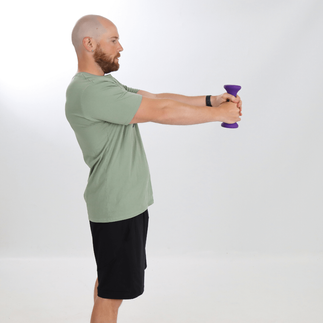Back Pain? Are You a SHAKER or COMPRESSOR? Why You Need to Know
- chelsie462
- Oct 4, 2024
- 2 min read
Generally, we find people with back pain to be a FLEXOR, EXTENDER, SHAKER, OR COMPRESSOR. In our last video, we discussed FLEXOR and EXTENDER types.
In this video, we will discuss SHAKER and COMPRESSOR.
Are You a SHAKER?
SHAKER is the term we use for a back that has spinal instability. Do you have an unstable back?

In spinal instability, the bones of the spine along with the discs, muscles, and ligaments are no longer held together in a tight and proper fit. This can range from minor to serious.
Questions for a SHAKER? If you are a SHAKER, you will answer “yes” to most of these questions:
1) Does your back ever develop a feeling of giving way? Does your back present with spasms?
2) Do you feel frequent painful catching or locking during bending or twisting of your back? With rolling in bed?
3) Is it common for you to have pain with transitional movements? Rolling in bed? Going from sit to stand?
Try rolling in bed normally versus with abdominal tension.
Are you a Compressor?
Feels pain mainly with lifting extra weight or when there is a compressive force on the spine. The COMPRESSOR may have pain with lifting a small amount of weight or it may take an extremely heavy load (when squatting or deadlifting).
TESTS:
1) Sit in a chair and flex your spine into a “C” position. At the same time, pull up on the seat pan to create a compressive force on your spine.

2) Repeat the test in the extended position (reverse C)

3) And then with the back straight.

4) Take a hand weight and keep it close to the body. Stand with the body in a flexed position, extended position, and straight position.
5) Take a hand weight and extend the weight out with arms straight. Also, test with back in flexion, extension, and straight.
So, for example, you might find it hurts only when you extend and put compressive weight on your back. So, you learn to keep your back straight (neutral) when lifting and avoid extending your back too much.
Check out the full Back Pain Relief Program series of videos along with downloadable guide sheets here: https://www.bobandbrad.com/health-programs/back-pain-relief-program






















Comments